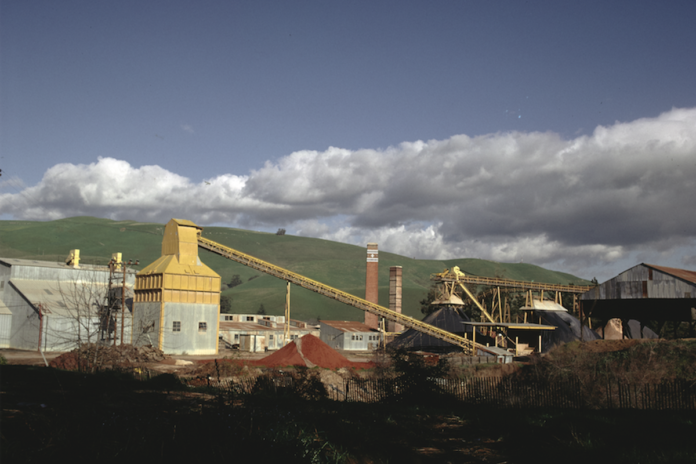Industry (noun): a department or branch of a craft, art, business, or manufacture—especially: one that employs a large personnel and capital especially in manufacturing.
Let’s explore local history through themes and photographs. Have a topic or idea you’d like us to explore? Email us at [email protected].
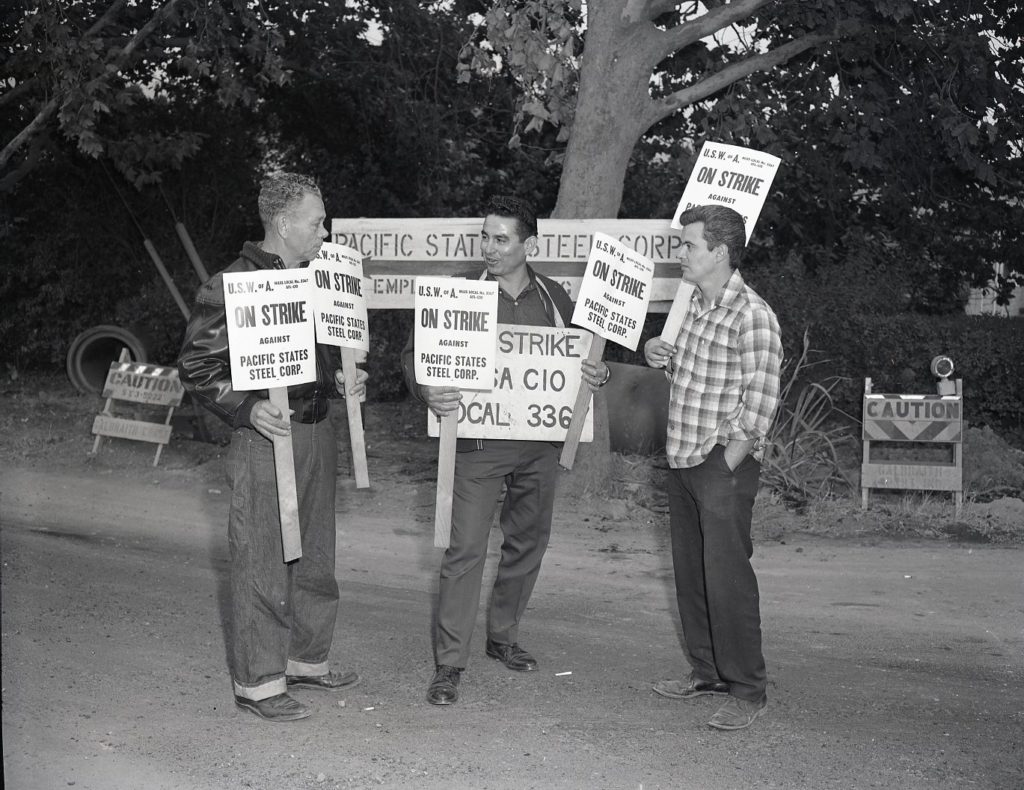
The 61 acre-site of the steel plant was incorporated into Union City following the school district jurisdictional boundaries of 1855. Unions represented at Pacific States Steel included the Operating Engineers and the United Steelworkers. At its peak there were over 450 employees, making Pacific States Steel one of the largest employers in Southern Alameda County. The plant closed in 1978 at a time when steel was being made more cheaply in Japan. (Niles / Decoto) Photo courtesy of Washington Township Museum of Local History
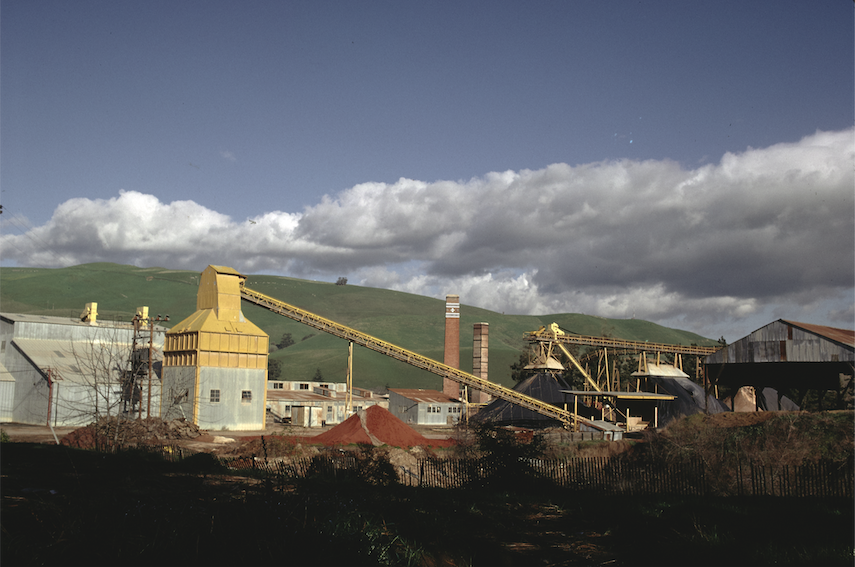
The K&L Box Company supplied wooden boxes for the Kraft cheese company, but making tile became more profitable than making boxes, so the Kraftile Company was formed. (Niles) Photo courtesy of Washington Township Museum of Local History
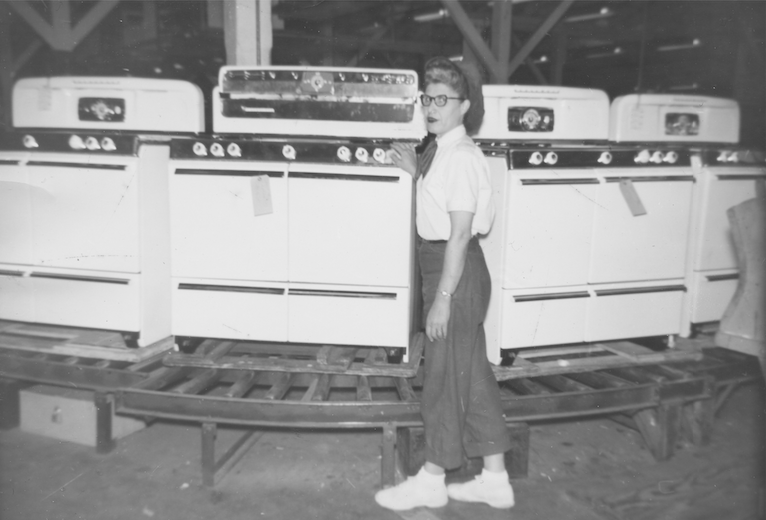
The plant was founded in 1882 by iron molder James Graham, a native of Ontario, Canada, who moved to California in 1877. The business grew along with Newark and helped to establish the town as a thriving industrial area. Their Wedgewood stoves were sold around the country and had a reputation as being among the best in the nation. (Newark) Photo courtesy of Washington Township Museum of Local History
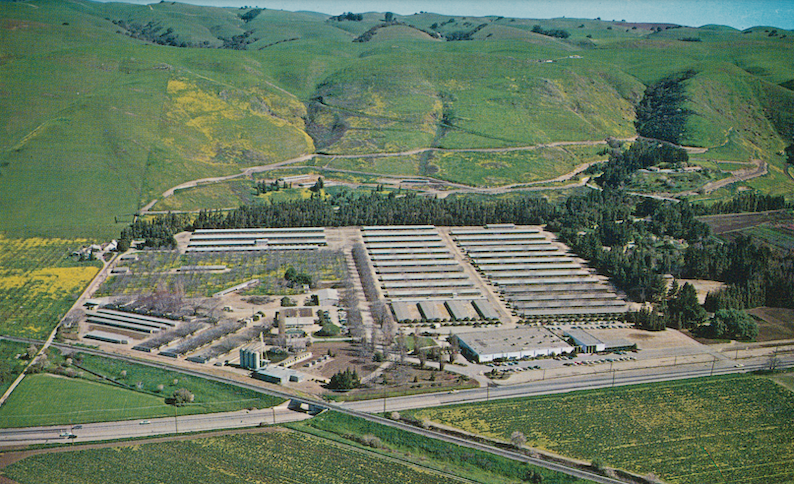
Established in the 1930s by John F. Kimber, a genetic engineering pioneer, the poultry breeding farm bred disease-resistant chickens and premium quality eggs that were distributed all over the world. The success of this operation also led to the development of the first successful measles vaccine. (Niles) Photo courtesy of Washington Township Museum of Local History
